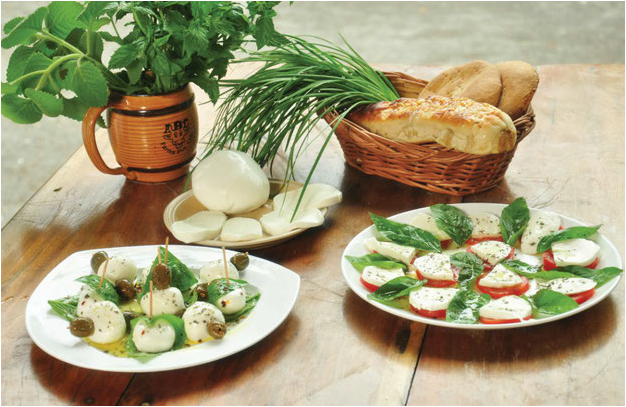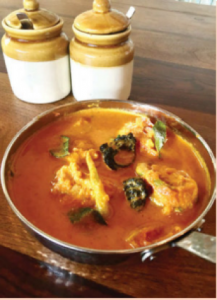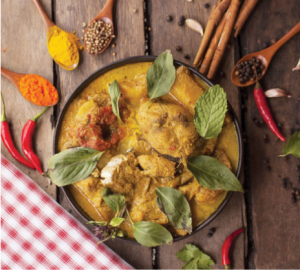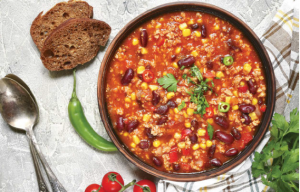MATURE OR BLUE, SOFT OR HARD, CREAMY OR FANCY, CHEESE IS ONE OF THE MOST BELOVED AND CONSUMED FOODS AROUND THE WORLD. BY NIVEDITA JAYARAM PAWAR Everyone loves a good…
MATURE OR BLUE, SOFT OR HARD, CREAMY OR FANCY, CHEESE IS ONE OF THE MOST BELOVED AND CONSUMED FOODS AROUND THE WORLD. BY NIVEDITA JAYARAM PAWAR
Everyone loves a good cheese. Humans have been obsessed with it ever since we discovered curdled milk was both good to eat and could be made to last. Now there are around 2,000 different varieties of cheese — from the aged gouda to stringy mozzarella. But there’s so much more you can do with cheese than just chop it up on a board and pair with crackers. You can sprinkle it on top of your steamed veggies, grate some on your pasta or stuff it in ravioli. Whatever you choose to do, cheese is simply delish in all forms.
It is also nutritious and can be incorporated into almost every meal. So it is no surprise that cheese is one of the most popular foods in the world. But although most of us eat cheese frequently, there’s probably a lot about the smelly stuff you didn’t know.
NOT ALL CHEESES ARE CREATED EQUAL
Good cheeses comes from good milk and this can vary from cow, buffalo, goat, yak… and so on. The major difference between natural and processed cheese, according to Tina Chinoy, owner of ABC Farms, one of India’s leading cheese producers, are whey and emulsifiers. “Natural cheeses have the whey pressed out of them while processed cheese do not. The processed variety also contain emulsifiers which help them be more shelf-stable and extend the cheese life,” she explains. Then there is the artisanal variety made with good quality milk and in small batches. This results in a much tastier, healthier product.
Talking of health, cheese has a bad reputation for being fattening. But it’s not all bad news. As a dairy product, cheese is a good source of calcium and Vitamin D which are essential for healthy bones. It’s also rich in other nutrients such as zinc, phosphorus, Vitamin A, Vitamin B2 and Vitamin B12. If you’re worried about the fat, varieties like parmesan, mozzarella, ricotta, cottage cheese and feta are the leanest cheese varieties. “It’s great for building and maintaining lean muscle. Many athletes love cheese for this very reason,” says Rounak Shah, a fitness trainer.
THE TASTE TEST

(Left) Bocconcinni with olives,basil, olive oil and herbs; (right) Buffalo Milk Mozzarella used in Caprese Salad by ABC Farms
There is an overwhelming variety of cheese on the supermarket shelves — some dirt-cheap and others rather pricy, some branded, others not. Though the general rule with regards to cheese (as with most things in life) is the fact that you get what you pay for. But thankfully there are a few helpful pointers.
“Before you actually taste the cheese, squeeze a small piece under your nose and then slowly take in the aroma. Since cheese is a dairy product, one sign of bad cheese is an `off’ smell. Depending on the type of cheese, this scent can be of spoiled milk, ammonia, or even of a refrigerator or freezer. Also check the rind and appearance of cheese. The small crystals in cheese suggest that the cheese is matured and aged. Soft cheeses are as spongy outside as inside. Semi-soft cheeses have a certain suppleness, but are not as supple as soft cheeses. Finally taste it to determine if it’s sweet, sour, bitter, savory or salty,” suggests chef and author Reetu Uday Kugaji.
THE RIGHT PAIRING

Taking great tasting cheese and whirring it into a dish with competing flavours may be the ultimate gourmet blasphemy. The right cheese can play a leading role in adding richness and texture to dishes. “Pick hard and aged cheese for au gratin. For stuffing go for brie, camembert or blue cheese as they have a tendency to melt quickly and blend perfectly. Strong flavored cheeses are the best for fondues. For toppings the best cheese are the ones that can crumble quickly and can be shaved easily like ricotta, feta and parmesan,” suggests Kugaji.
According to cheese consultant Aditya Raghavan cheddar is a great cheese to go in sandwiches. “Feta’s strong, briny flavour is excellent to complement sweet fruits. Watermelon-Feta Salad is slowly becoming a favourite salad the world over. Soft goat cheese has a strawlike flavour which makes it ideal with tart fruits like berries. Goat cheese dipping sauces pair great with seekh kebabs while a mild ricotta is great to be dolloped on top of a hot bowl of pasta to add creaminess,” explains Raghavan.
COOKING WITH CHEESE
Be sure to treat the cheese kindly during cooking. “Be gentle with heat. Too high a temperature or too much heating time can make its proteins tighten up, squeezing out both water and fat,” says Kugaji. If you’re shredding your cheese before cooking with it, be sure to do so while it’s cold, lest it turn to mush. This goes for hard cheeses, as well. Fresh and soft cheeses may not need to be shredded at all. You can just crumble them with your fingers, she adds.
WHEN IN DOUBT, THROW OUT
Knowing when your cheese has reached the end of its life is sometimes trickier than it seems. Each cheese ages differently and therefore spoils differently. But mold on cheese isn’t always something to worry about. According to Raghavan hard cheeses like Gouda and Cheddar aren’t easily penetrated by mold and can be used after cutting away the moldy part. With fresh cheeses like ricotta any mold is a sign of spoilage and should be discarded. But if you’re not sure what type of cheese you have or what to do if it grows mold, the safe course is to discard it.
STORING CHEESE
The shelf lives of cheeses vary from cheese to cheese. Once opened, hard cheeses like cheddar and Swiss will stay fresh for up to six months in the fridge, while softer varieties like ricotta and Brie will hold up for about a week.


















